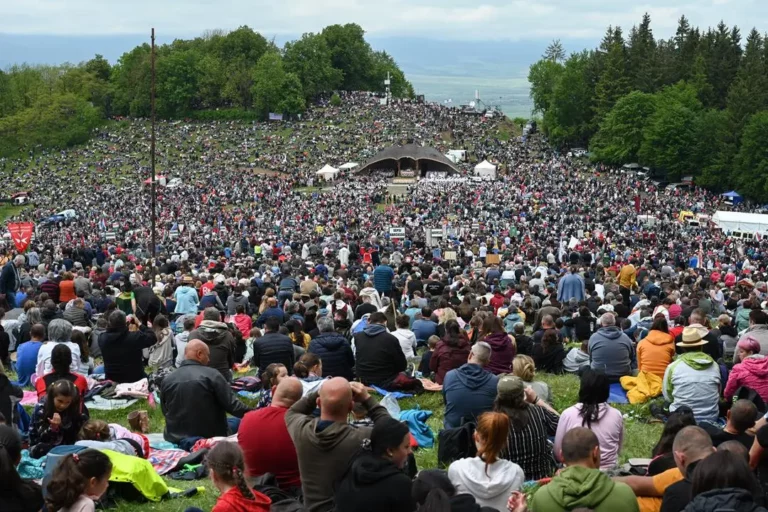Transylvania
PM Orbán’s summer university will be in Transylvania’s heart again – here is its motto

New Wizz Air flight connects Budapest with city close to Dracula’s castle

600-year-old Hungarian castle beautifully renewed – PHOTO GALLERY

Ethnic Hungarian RMDSZ secures seats in EP, Hungarian mayors re-elected in several Romanian cities

Hungary just got closer to the United States: direct flights launch from nearby airport

Day of National Cohesion – Culture Minister: Creating value right response to Trianon

What happened today in Hungary? – 1 June, 2024

Anti-Hungarian Romanian President Iohannis as NATO Secretary General candidate supported by Orbán’s cabinet

New passenger terminal to be built at Transylvanian airport

Stunning 600-year-old Transylvanian castle restored to glory – explore the photo gallery

Hundreds of thousands of Hungarians celebrated Pentecost in Csíksomlyó in 2024 – PHOTOS

Hungarian minister Bóka: Strong Hungarian representation in EP important

Beautiful PHOTOS: Building of Hungarian university in Transylvania renovated

Outrageous: 15-year-old sportsman assaulted in Romania for being Hungarian

The Hungarian tradition of sprinkling on Easter Monday – UPDATED

Amazing news: Special saltwater spa opens in Transylvania with new look

Hungarian FM Szijjártó marks 1848 anniversary in Transylvania

Góbéfest: Celebrate Transylvania and Hungary in Manchester in June!






